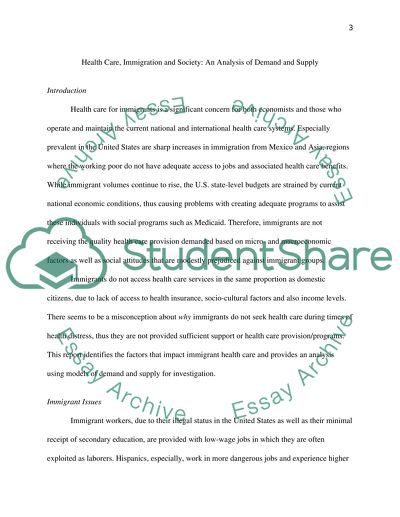Cite this document
(“Health Care, Immigration and Society: An Analysis of Demand and Supply Research Paper”, n.d.)
Retrieved de https://studentshare.org/family-consumer-science/1421306-you-are-working-for-a-prominent-consulting-firm
Retrieved de https://studentshare.org/family-consumer-science/1421306-you-are-working-for-a-prominent-consulting-firm
(Health Care, Immigration and Society: An Analysis of Demand and Supply Research Paper)
https://studentshare.org/family-consumer-science/1421306-you-are-working-for-a-prominent-consulting-firm.
https://studentshare.org/family-consumer-science/1421306-you-are-working-for-a-prominent-consulting-firm.
“Health Care, Immigration and Society: An Analysis of Demand and Supply Research Paper”, n.d. https://studentshare.org/family-consumer-science/1421306-you-are-working-for-a-prominent-consulting-firm.


